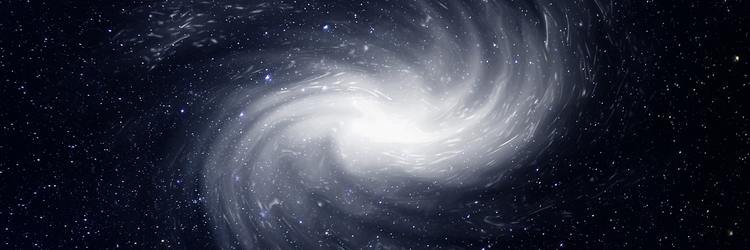There are Milky Way-like Galaxies Amid the Young Universe
NASA’s James Webb Space Telescope (JWST) revealed galaxies with elongated features of stars stretching from the centers of galaxies into their outer disks. The finding of the barred galaxies, like the Milky Way, means refining theories of galaxy evolution will be necessary.
Bars were never seen before with such young epochs. However, a JWST image taken last summer is a beautiful spiral galaxy with a precise stellar bar. Researchers identified a second barred galaxy, EGS-24268, from approximately 11 billion years ago, farther back than anyone considered.
An article in The Astrophysical Journal Letters highlights the galaxies and four others from more than 8 billion years ago.
Bars play a role in galaxy evolution by funneling gas into the central regions, boosting star formation where it’s rapidly converted into new stars at a rate typically 10 to 100 times faster than in the rest of the galaxy. Bars also have a role in growing supermassive black holes in the centers of galaxies, channeling the gas part of the way.
JWST has a more oversized mirror for more light-gathering ability, so it sees farther and with higher resolution. It can see through dust better as it observes at longer infrared wavelengths, compared to Hubble’s capabilities.
The discovery of bars during such early epochs shakes galaxy evolution scenarios in several ways.
“This discovery of early bars means galaxy evolution models now have a new pathway via bars to accelerate the production of new stars at early epochs,” the researchers said.
And the very existence of these early bars challenges theoretical models as they need to get the galaxy physics right to predict the correct abundance of bars. The team will be testing different models in their subsequent papers.

